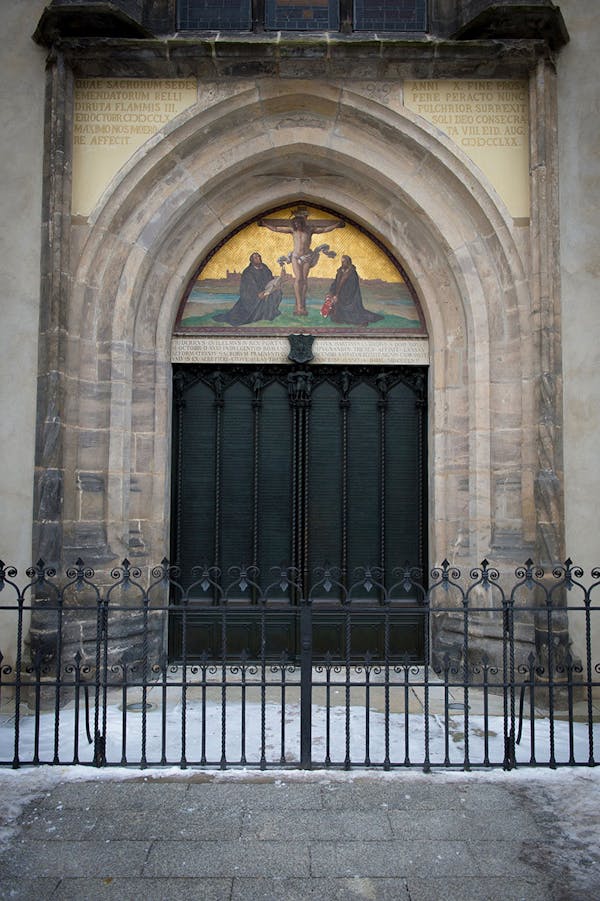THE MAYFLOWER SETS SAIL
What led to the first group of pilgrims to set sail in search of a new world aboard the Mayflower? Our story begins in 1620 when James I was on the throne of England. James was a staunch Protestant and he had taken the throne after the death of Elizabeth I. Elizabeth was an ardent Protestant herself and under her reign, Protestantism had flourished to the point that it was considered the official religious view of the nation. However, there was a group of Protestants who believed that Elizabeth was not fully committed to the movement of the Reformation. When James I came to the throne, the Puritans, as they came to be known, had hoped that he would champion their cause, however, this was not to be.
The new King had one main agenda: that of increasing his power base as a monarch and thus leading England towards Royal Absolutism. He was happy to continue with the brand of Protestantism that Elizabeth had embraced before him much to the chagrin of many Puritans who found Elizabethan Protestantism decidedly lacking in true spirituality. As the Elizabethan era came to a close and the Jacobean opened England was not Catholic but, to the Puritan mind, it was not decidedly Protestant either.
Regardless of the diversity of their theological leanings the one thing that all Puritans could unite on was the fact that the Reformation was a dynamic principle meant to take root in the heart, transform the life and move its proponents continuously onwards and upwards. Elizabethan and Jacobean Protestantism was content to rest itself on the lowest grid of the scale so as not to raise too many hackles. No Puritan in his right mind was able to accept this type of a Reformation.

